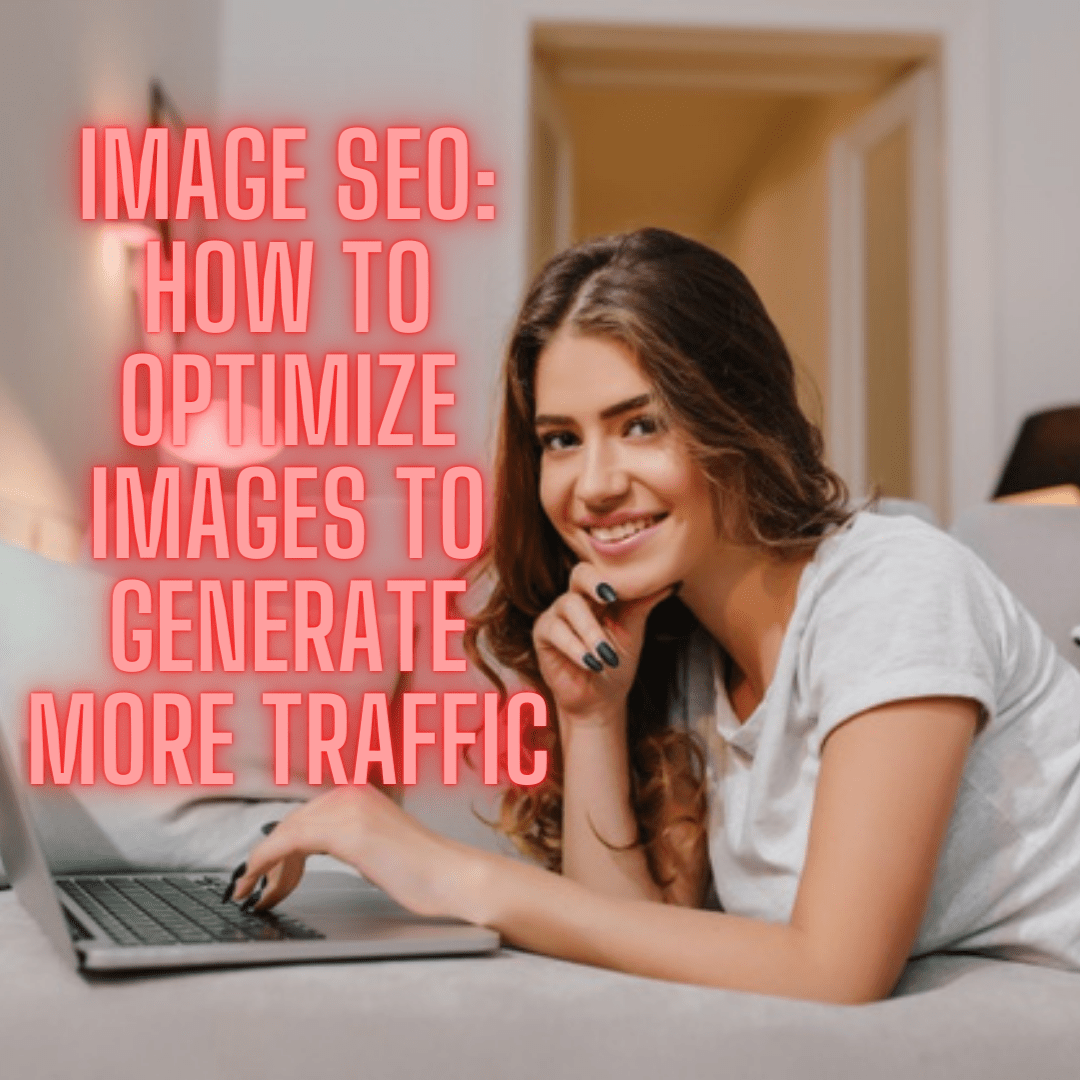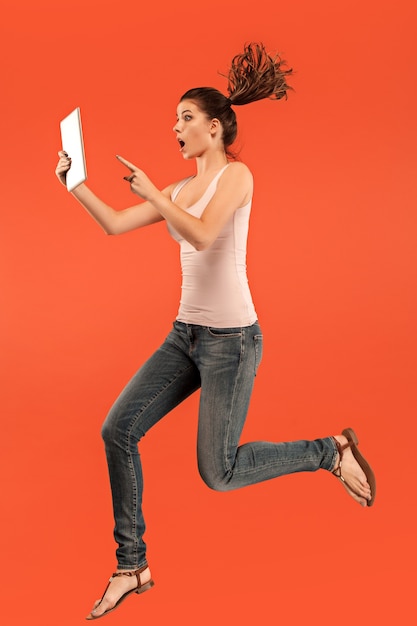
A website with successful image SEO will get more organic traffic. Images with high-quality and relevant alt-text descriptions help readers to understand what your product is about.
But high-resolution images on your website will affect loading time. So these images can drop your website’s position in search engine rankings.
Image SEO: How to Optimize Images to Generate More Traffic
Here are some interesting tips about how to optimize images for search engines that generate more traffic
- Optimize Image Size (SEO-Friendly)

Image size should be the best for optimal web performance.
The maximum upload size is 20MB with a resolution of 1024 x 1024. But it’s better to have an image less than 500 KB.
Google’s crawler is unable to read an image beyond this size limit.
A greater size image could delay your web upload speed (which shouldn’t exceed more than three seconds).
Compress Images without Losing Quality
If an image on your website is too small visitors will don’t understand what the image is trying to show.
If you have taken a photo using a simple mobile camera the photos probably will suffer from distortion.

Also, images that are too large slow down a website’s loading speed. It’s best to compress them to ensure viewers have a web-friendly experience while viewing your website.
- Optimize Image File Name
The name of the image should describe in text form what is being visualized. Search engines and humans should be making perfect sense of the name.
Phone images and those you download online have different coded names (like DCM0004.jpg).

Instead of using those, make the name more meaningful and search engine friendly. For instance, “SEO-Image-optimization.jpg” is a better name for an image.
Make sure that image file names don’t miss any critical piece of information.
- Make Images Responsive to Different Screen Sizes
720-pixel image results in 2 problems for users when viewed over a phone with a display of 320 pixels:
Bandwidth
Website load time

This doesn’t mean you need to upload various sized images to make them screen responsive. You can upload a single image and have them automatically adjust to different displays by using CSS.
So a 1000×600 image can be squished down to somewhere close to 300 x 250 when someone views it on a mobile.
This tip will boost loading speeds.
- Optimize Image Alt Text
Alt-text is the second most crucial image description after the image file name.

Alt-text is also used for terms like alt description/alt tags/ alt attributes.
Why Images Need An Alt Text
Sometimes, a filename is not loaded correctly. So, alt text provides an accurate description of the image in the text.
Alt text was designed for visually impaired users who use screen readers to understand images.
Google image crawlers also use it to index an image properly.

So if you want to earn a Google ranking for an image, it is wise to supplement the alt text with Latent Semantic Indexing (LSI) keywords.
LSI Keywords allows Google to understand your overall content in depth. They are closely related to the main keyword. They are not synonyms of your focus keyword.
How to Find LSI Keywords
Several tools generate LSI keywords.
You can use Google Suggest long-tail keywords as the source for LSI keywords.

- Image Position
Google updated its Image Search algorithm in 2018 and still uses the same approach. Google prioritizes sites where the image is central to the page and higher up.
Search engines tend to rank an image for a particular topic and place it on top of your content.
Google prefers an image that is near the title or below the first subheading. This image summarizes your entire post in one look.

Add value to images with relevant and specific alt text, captions, and titles to make it easier for Google to ”read” your photos.
- Image SEO – Explanation
Image SEO referred to as image optimization, image SEO is all about improving your site’s images for two main reasons:
To rank higher on Google Image Search.

To improve the overall visibility and optimization of a web page.
Image SEO (Optimization) will help Google to understand your site’s images. Including correctly naming files, adding and optimizing alt text, reducing file sizes, and more.
You need to know that Google still can’t read all types of images. It is also important to know that image SEO isn’t just about helping search engines to understand what an image shows.
Poorly optimized images are one of the main reasons for slow web pages. Image optimization can help you to load fast your site and your PageSpeed score.

Last Tip
When optimizing images for Google, know that it only reads the associated information in written form (image size, name, alt text, caption, title, position).
It’s essential to optimize your images if you want to rank higher on Google and other search engines. Also, image optimization will help you to generate more organic traffic. SEO Effect!
— FREE Trials To Make Money Online

How to increase your sales – Free Trial https://www.bestprofitsonline.com/myblog/free-trial
How to transform your content into Great Videos